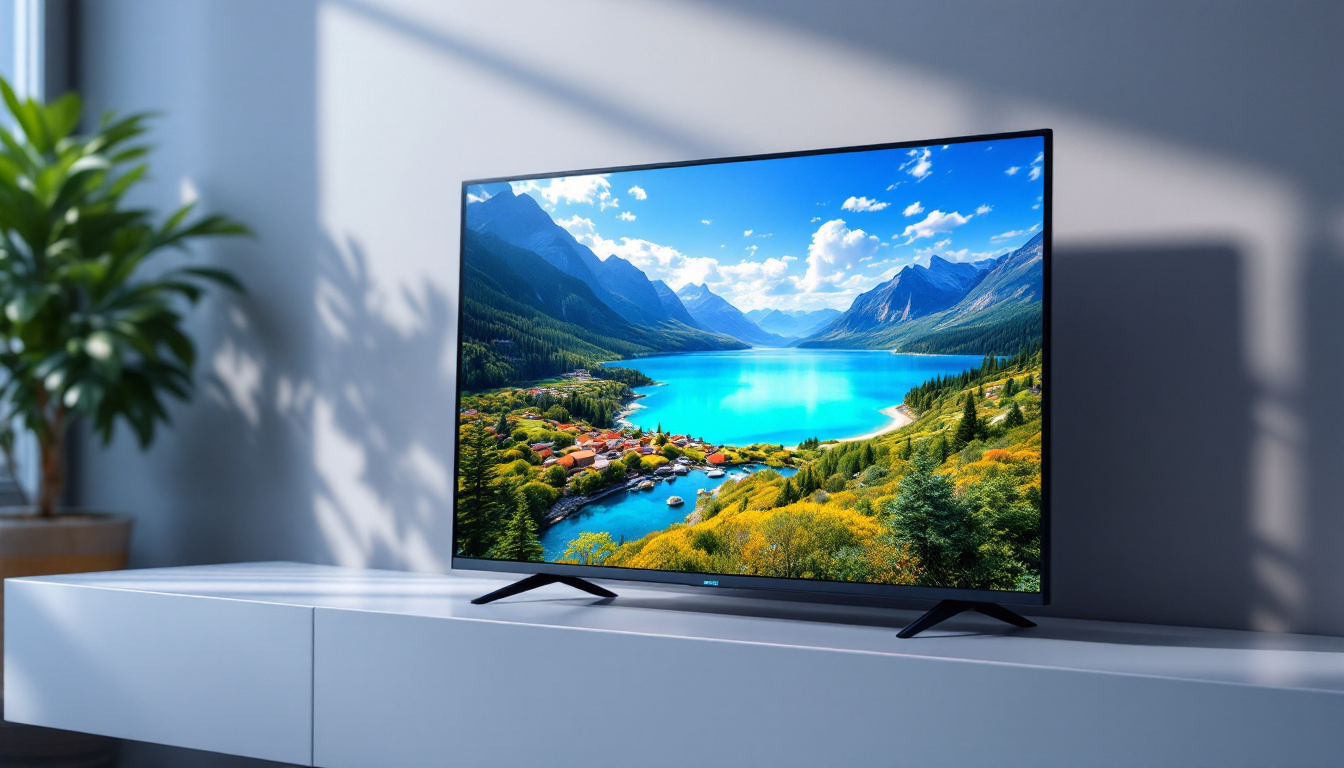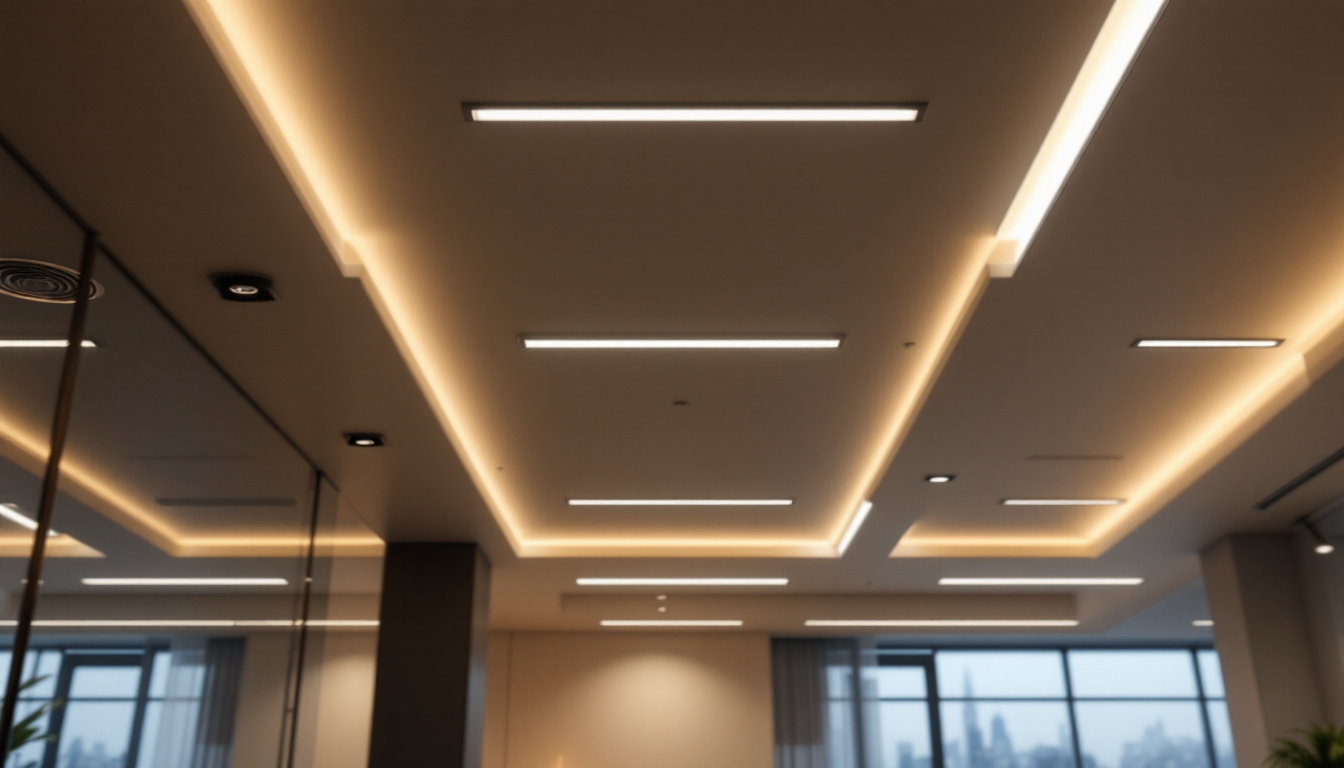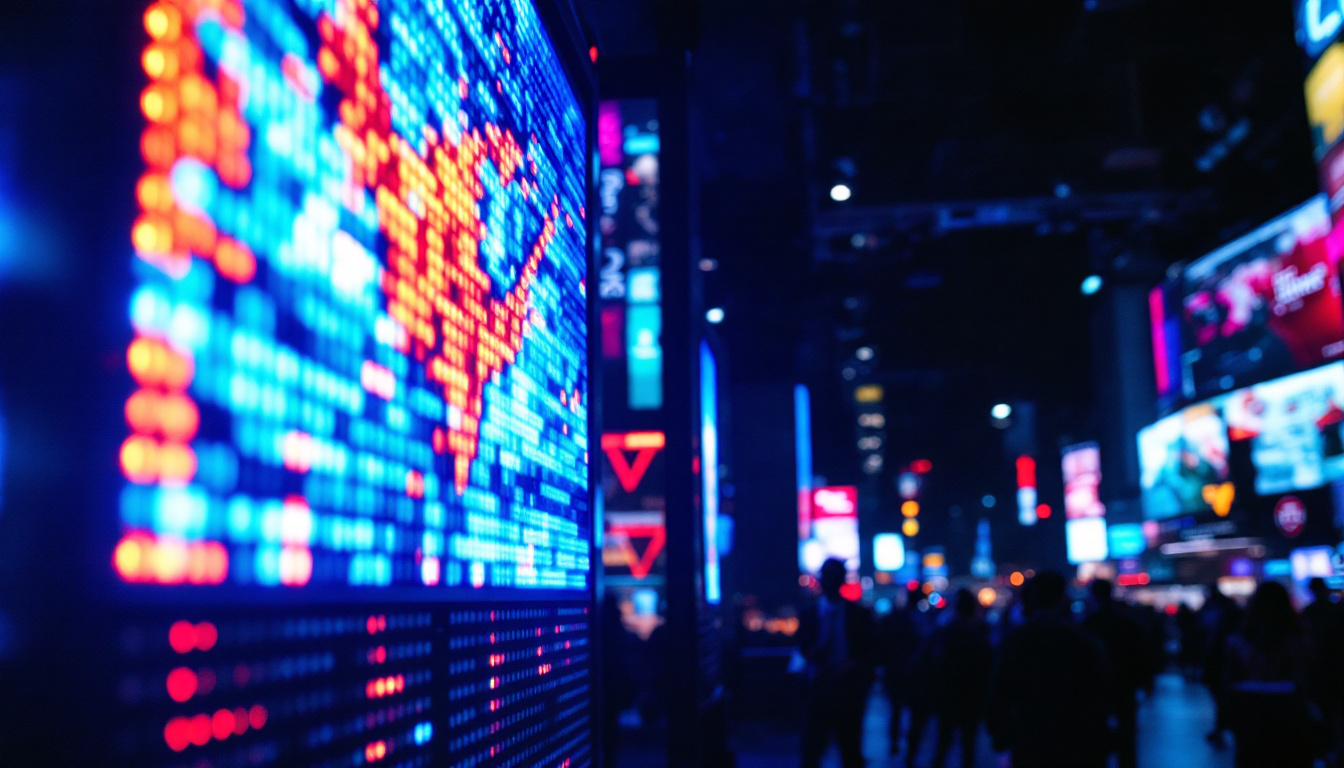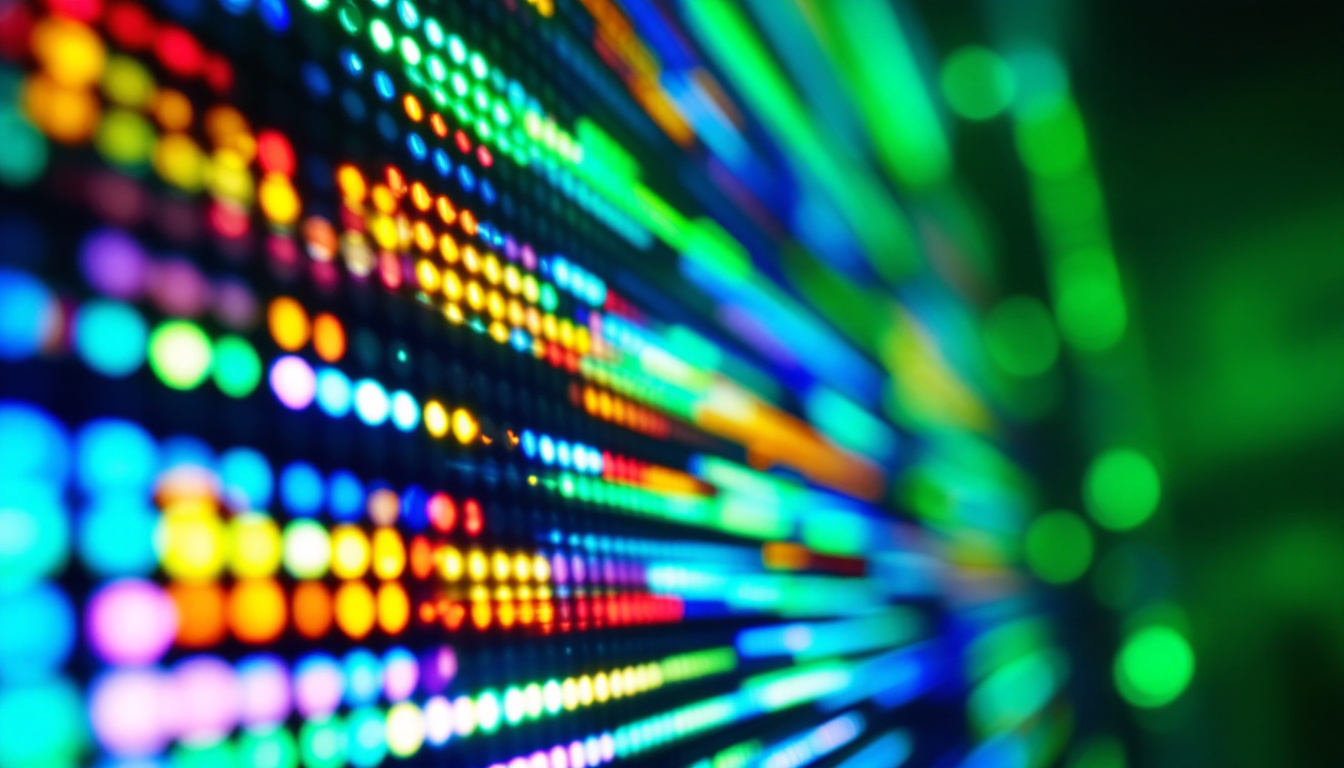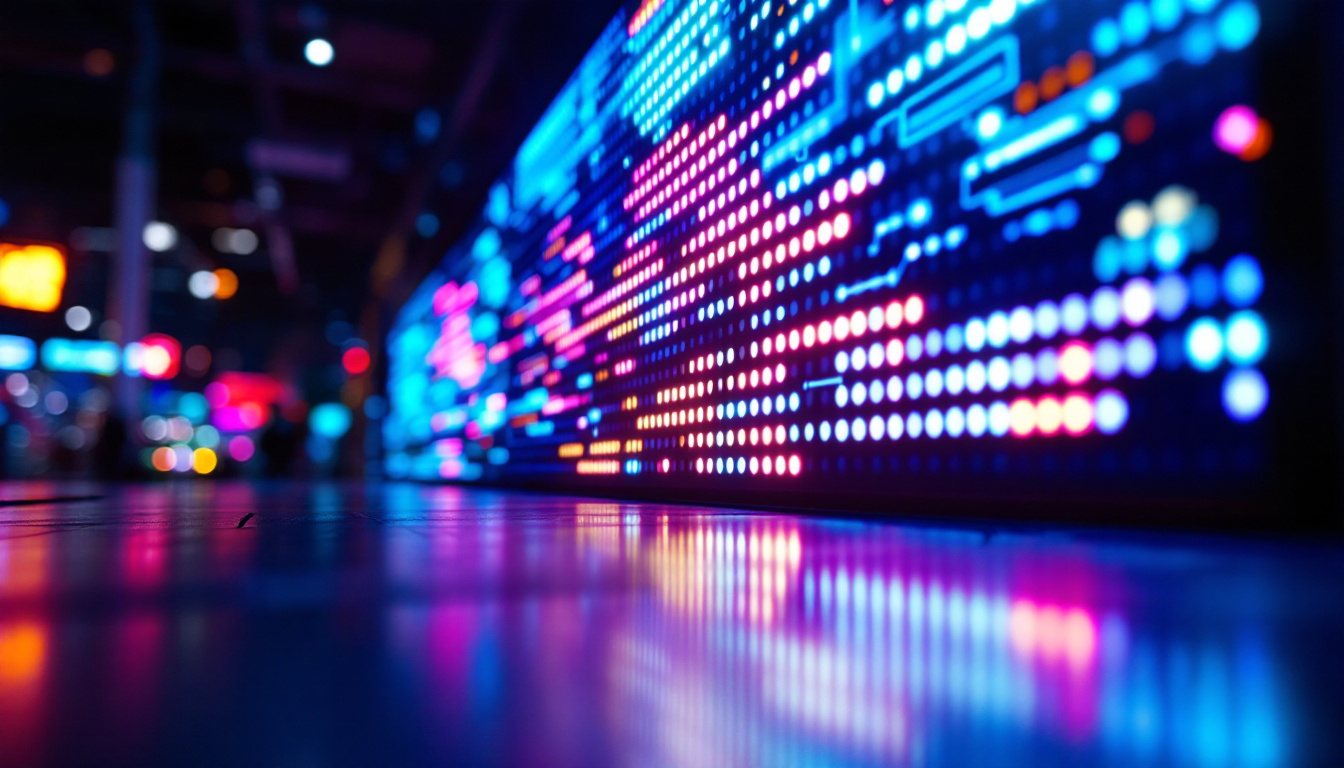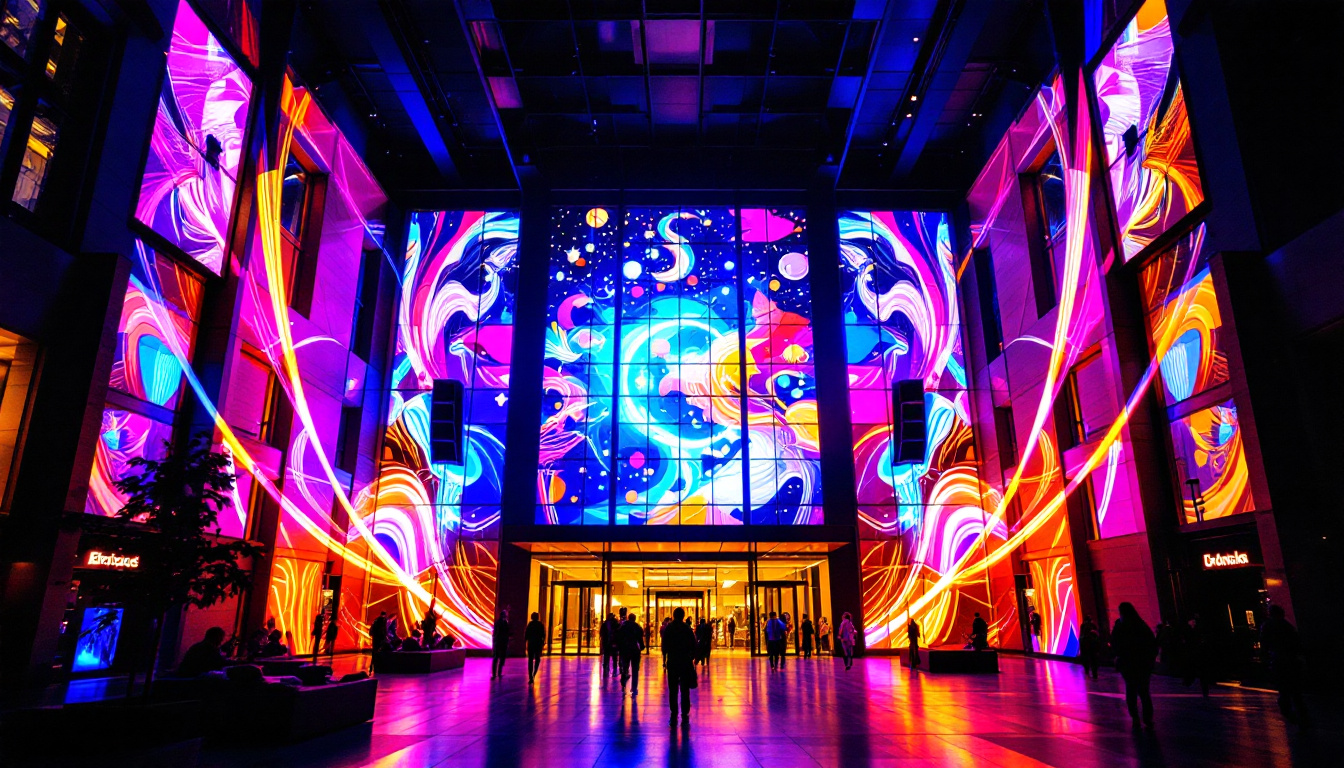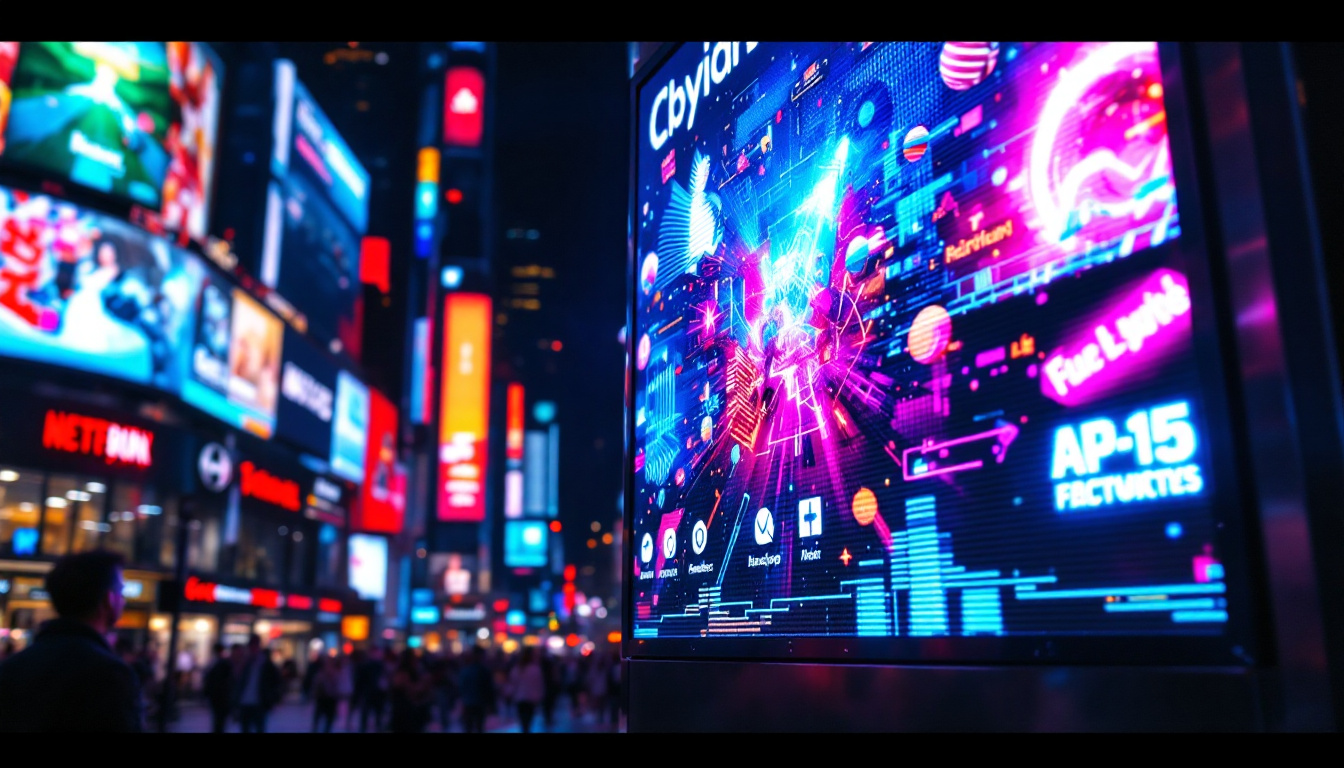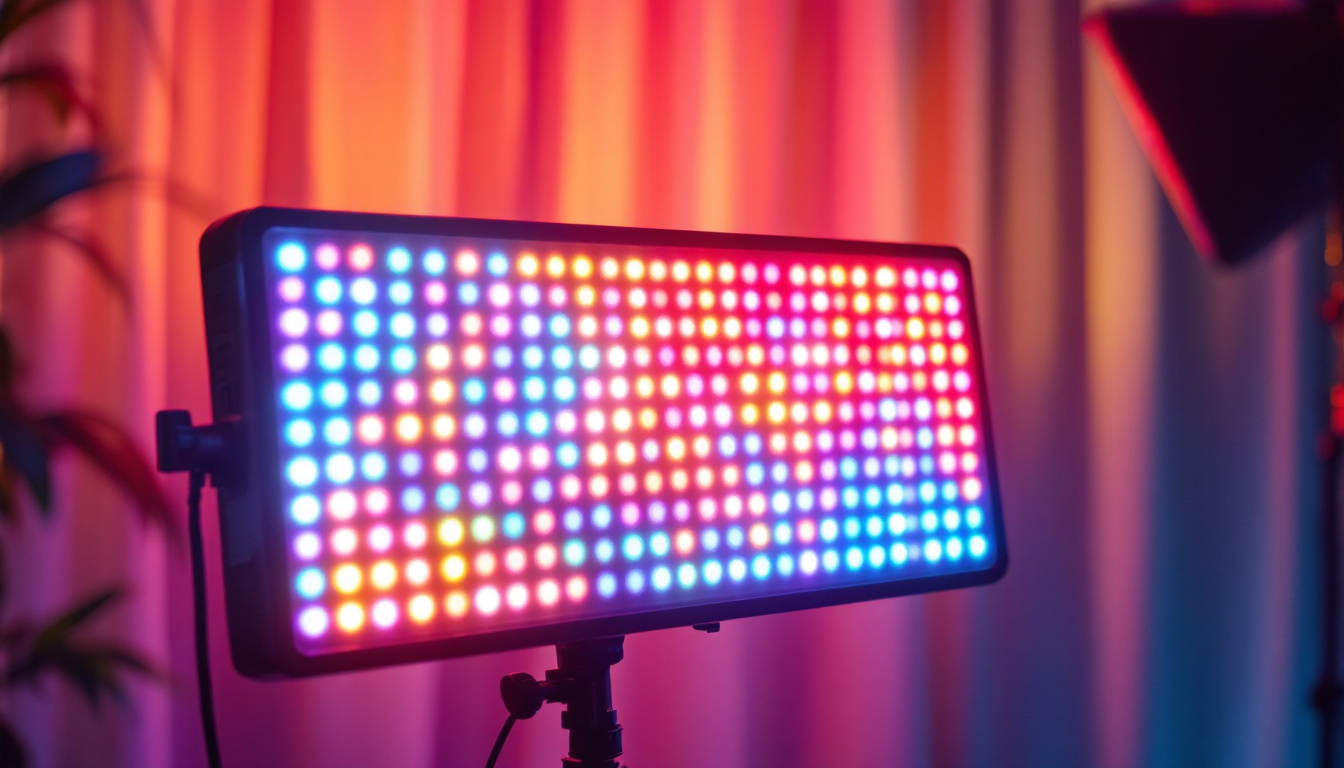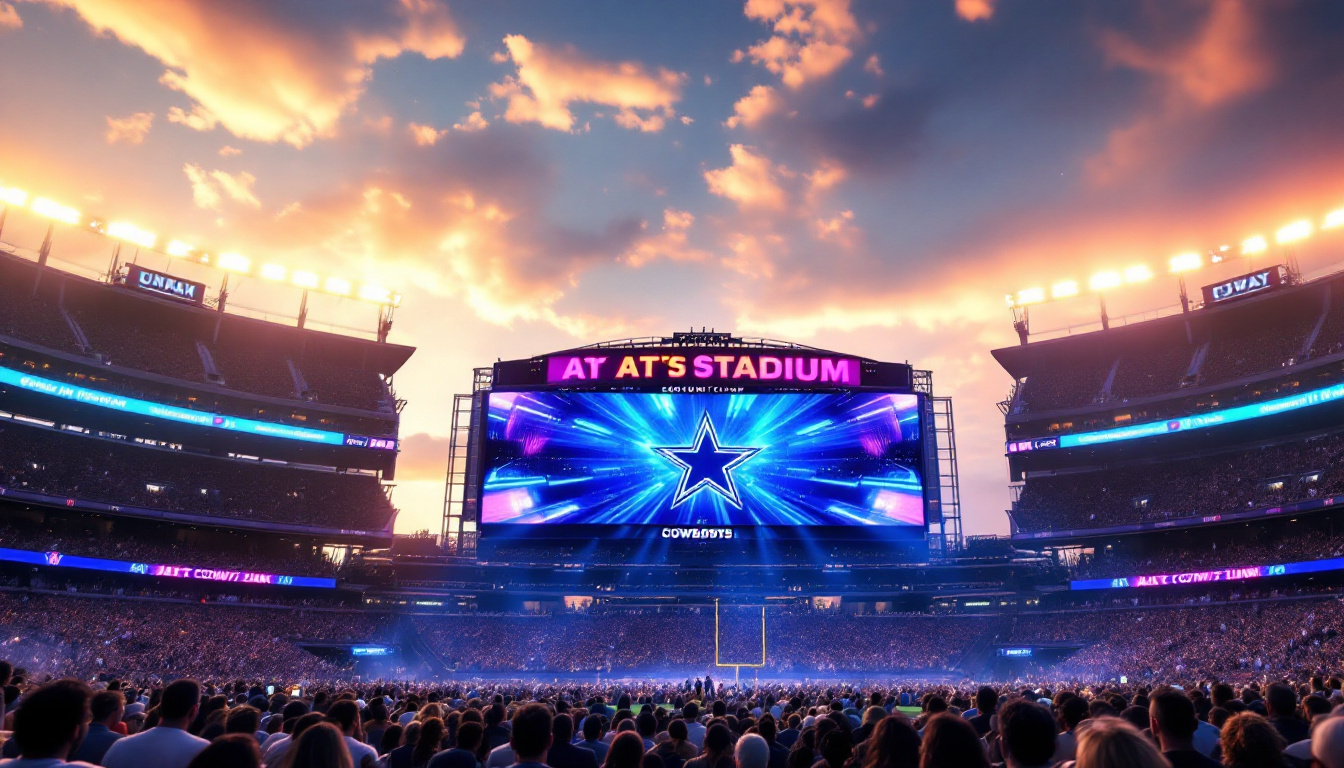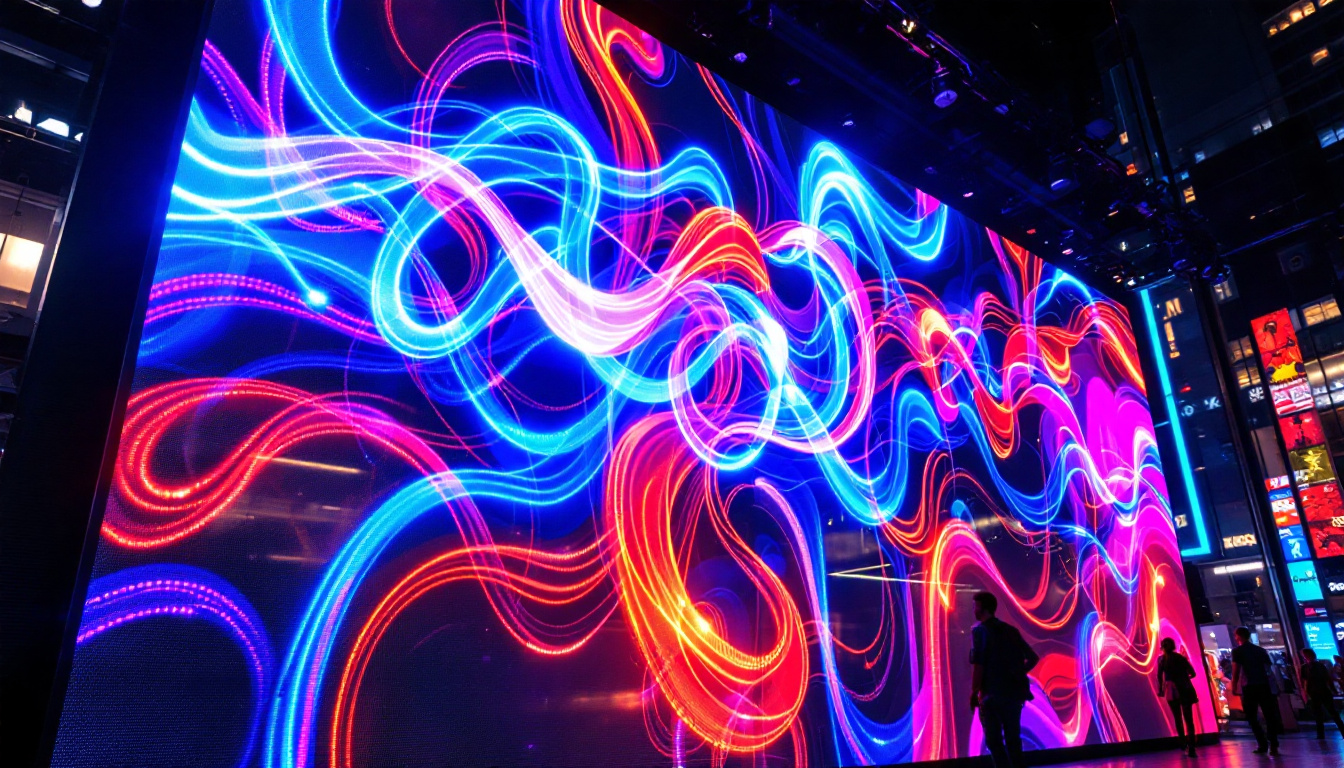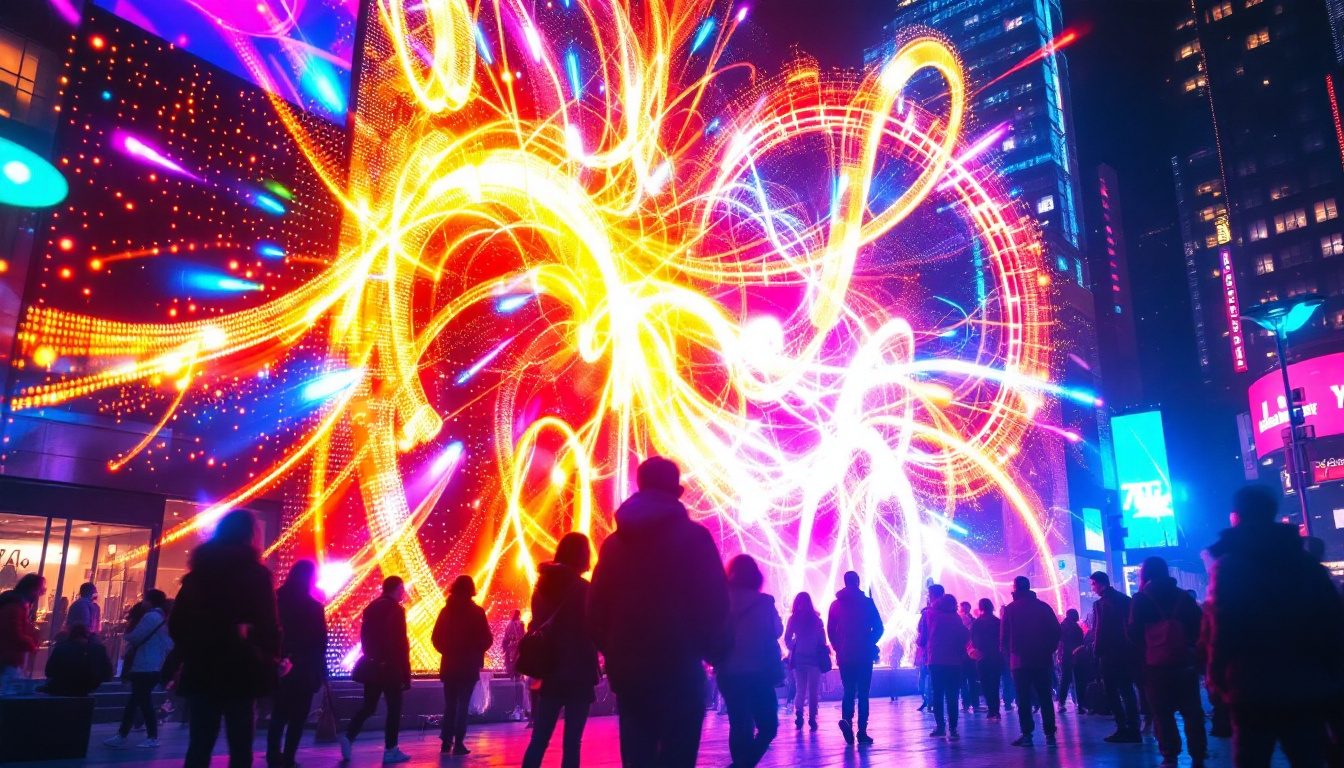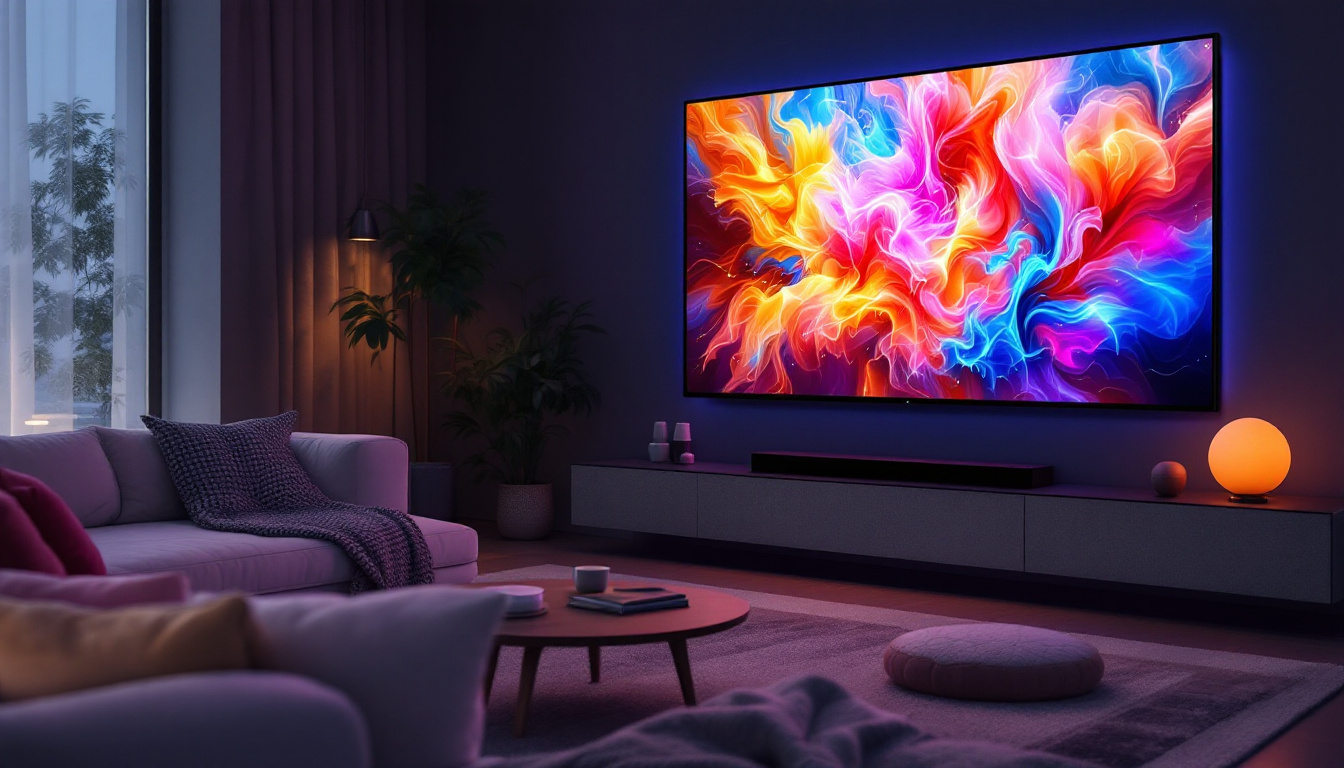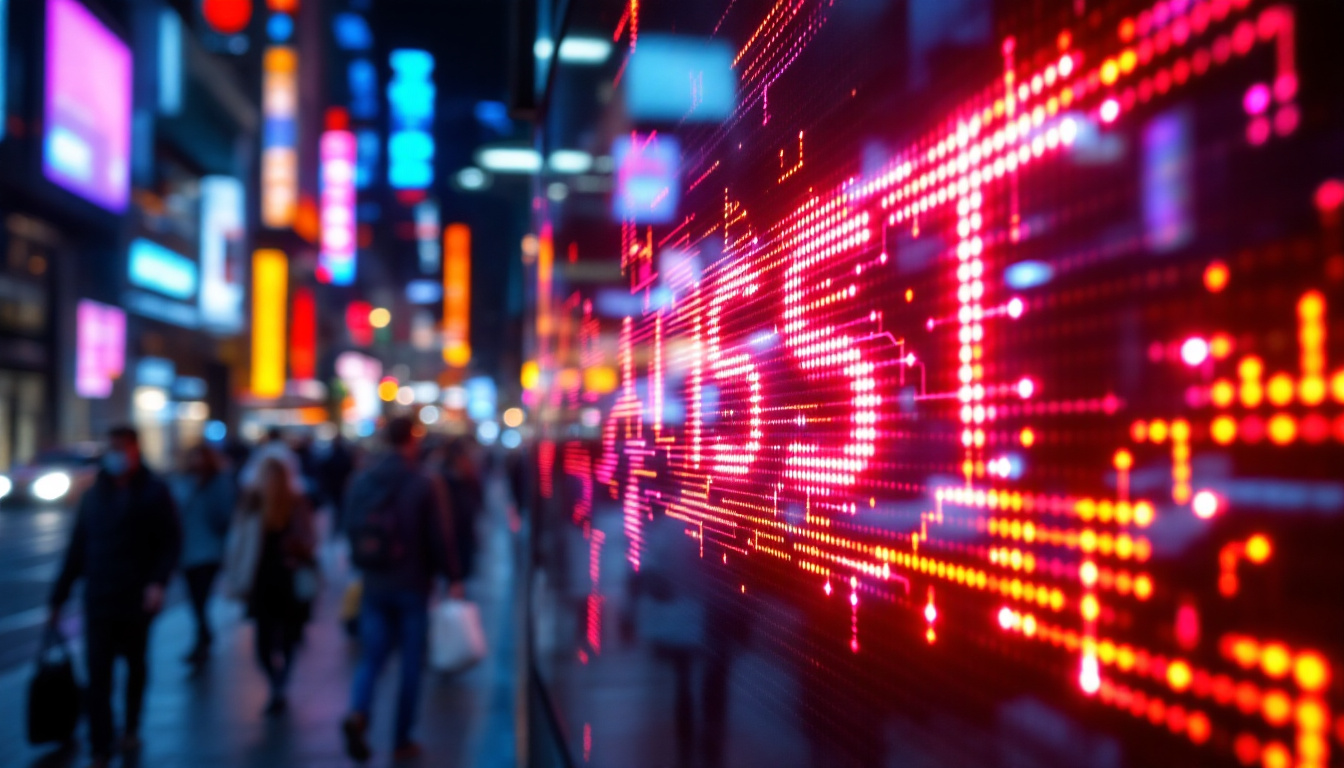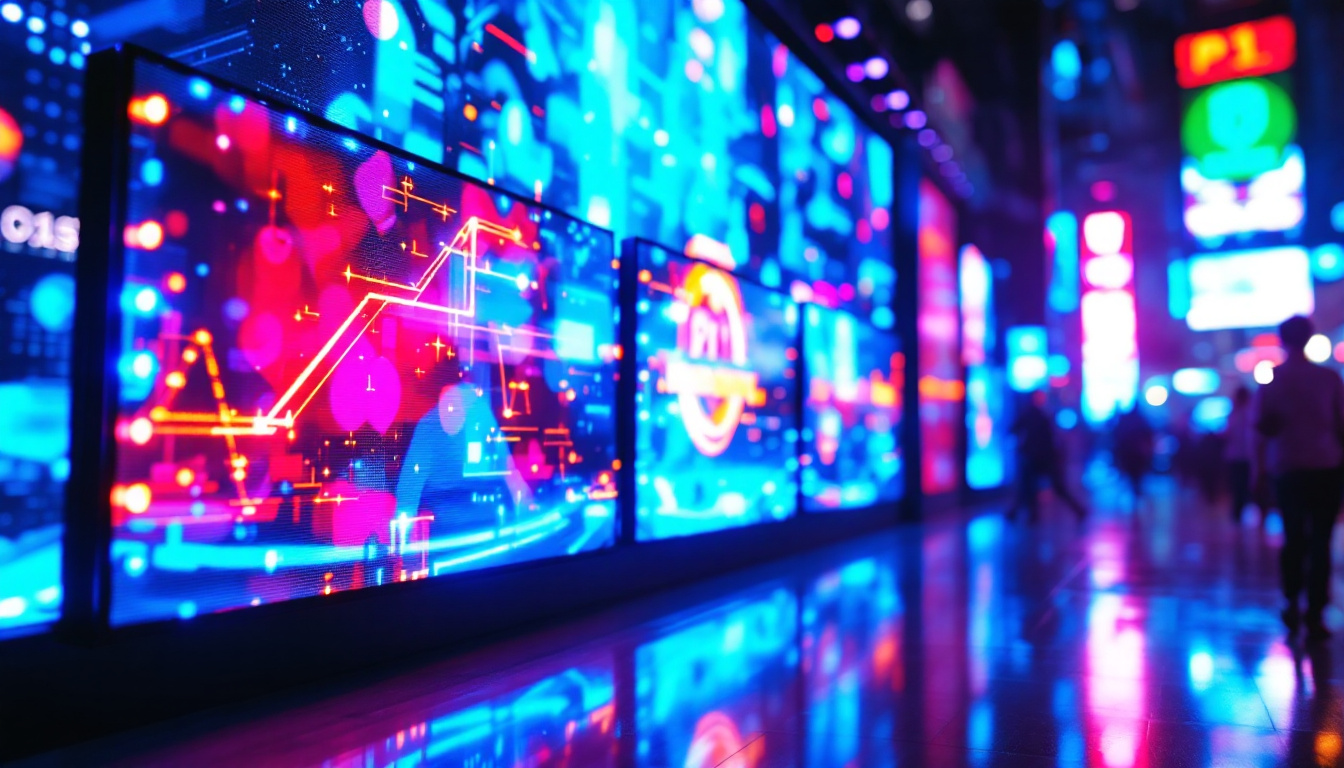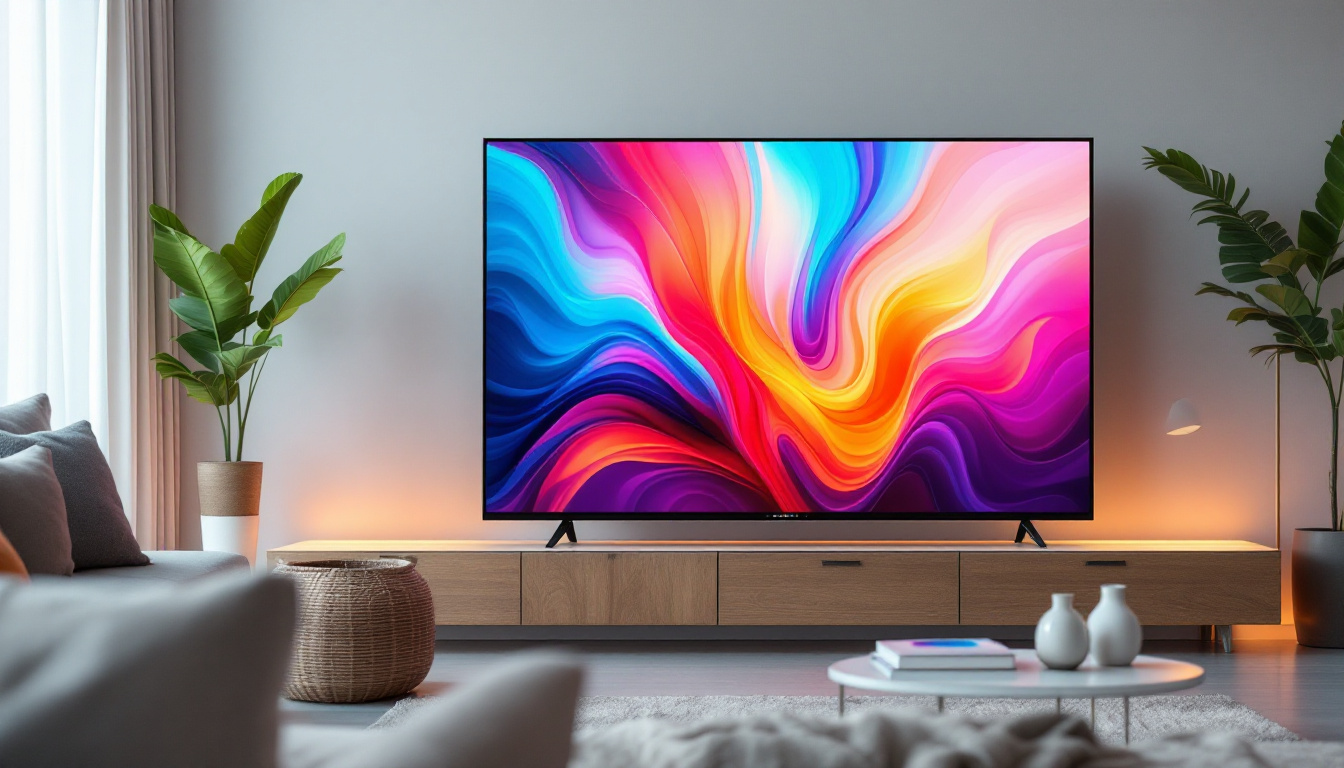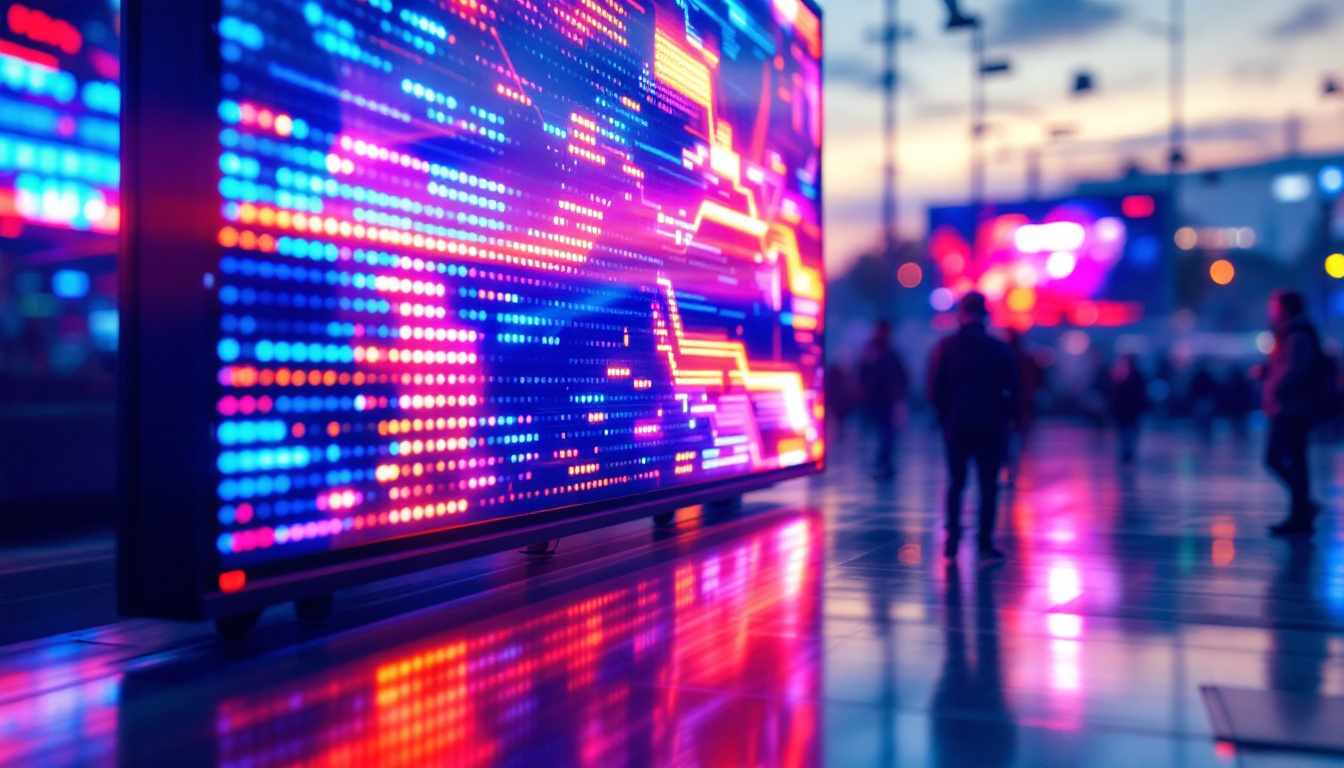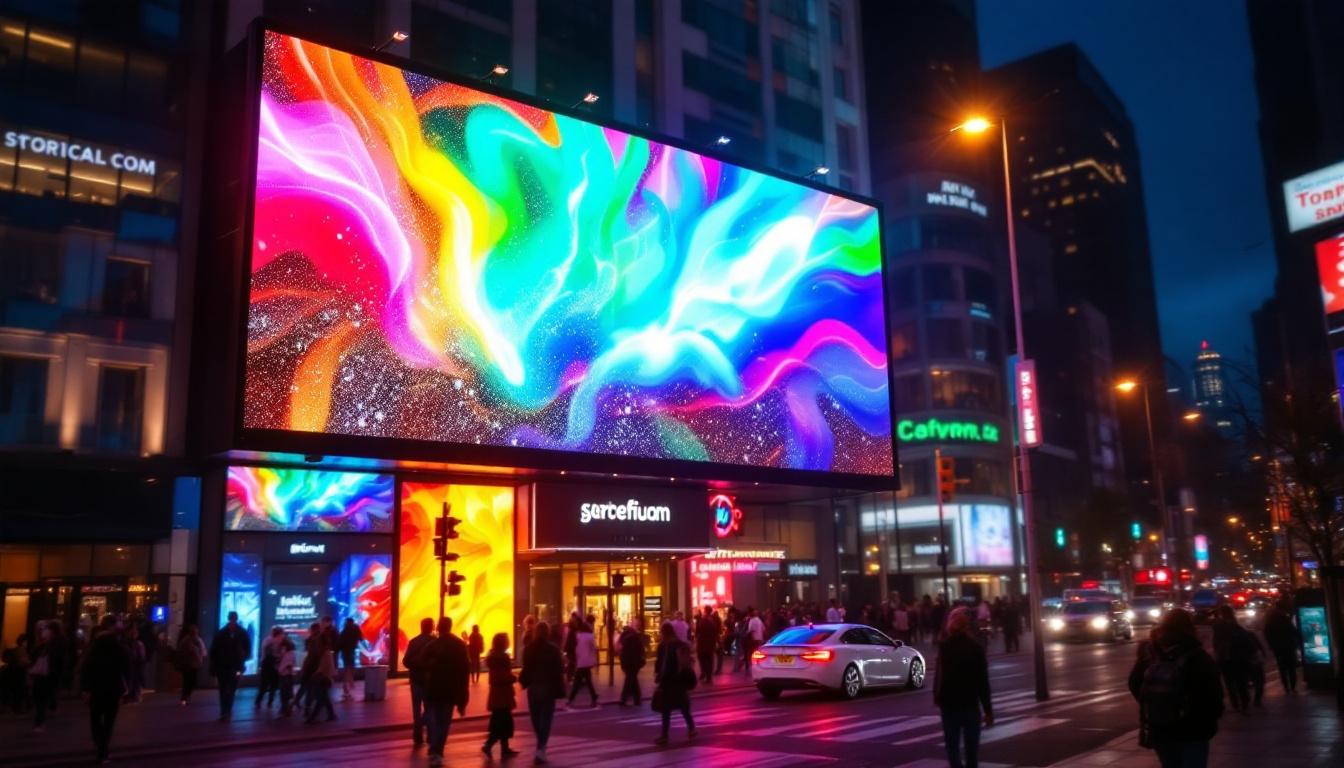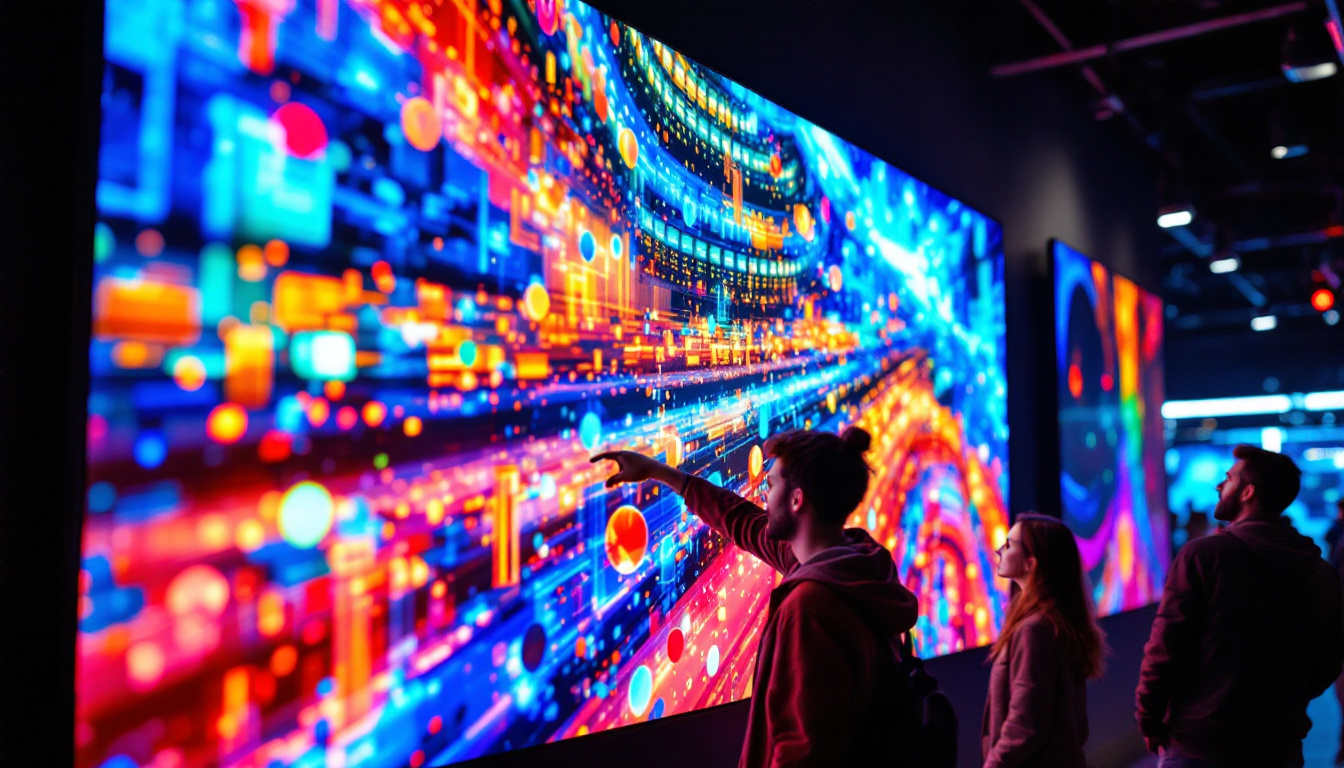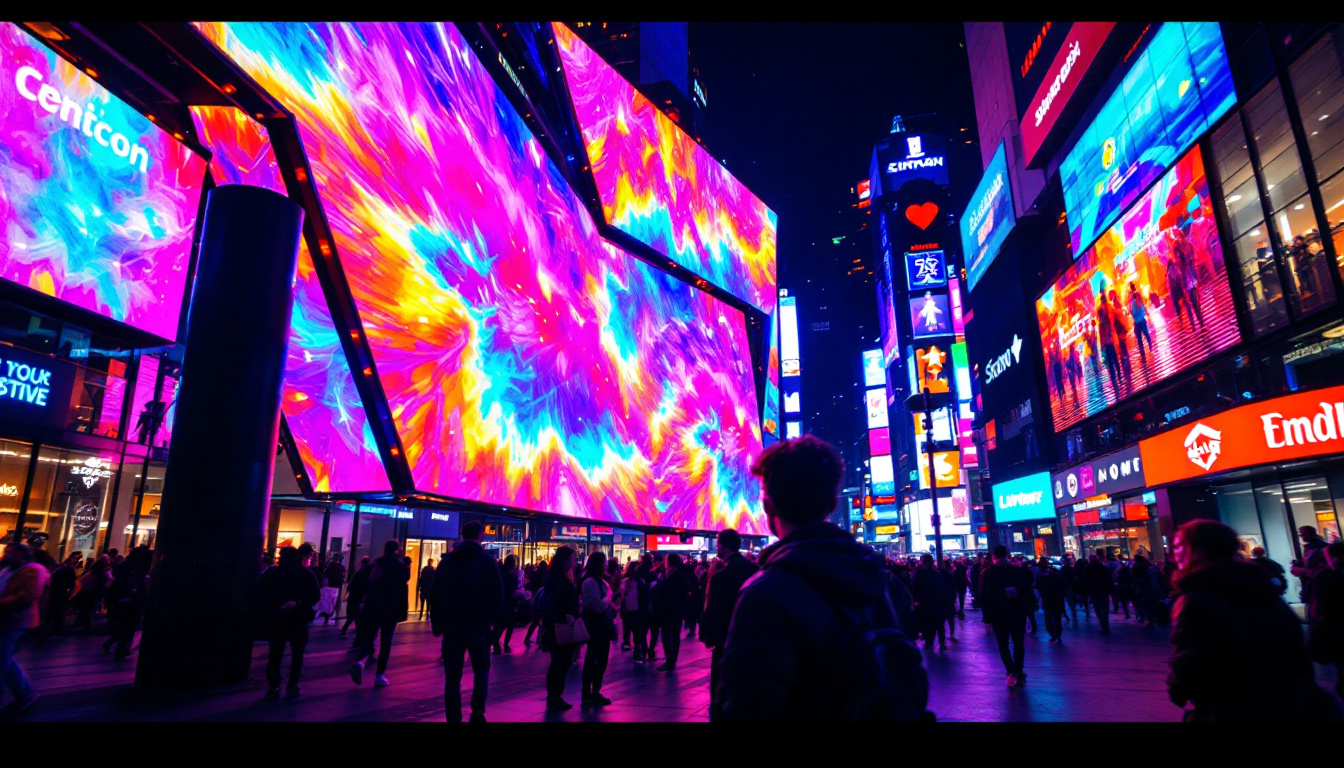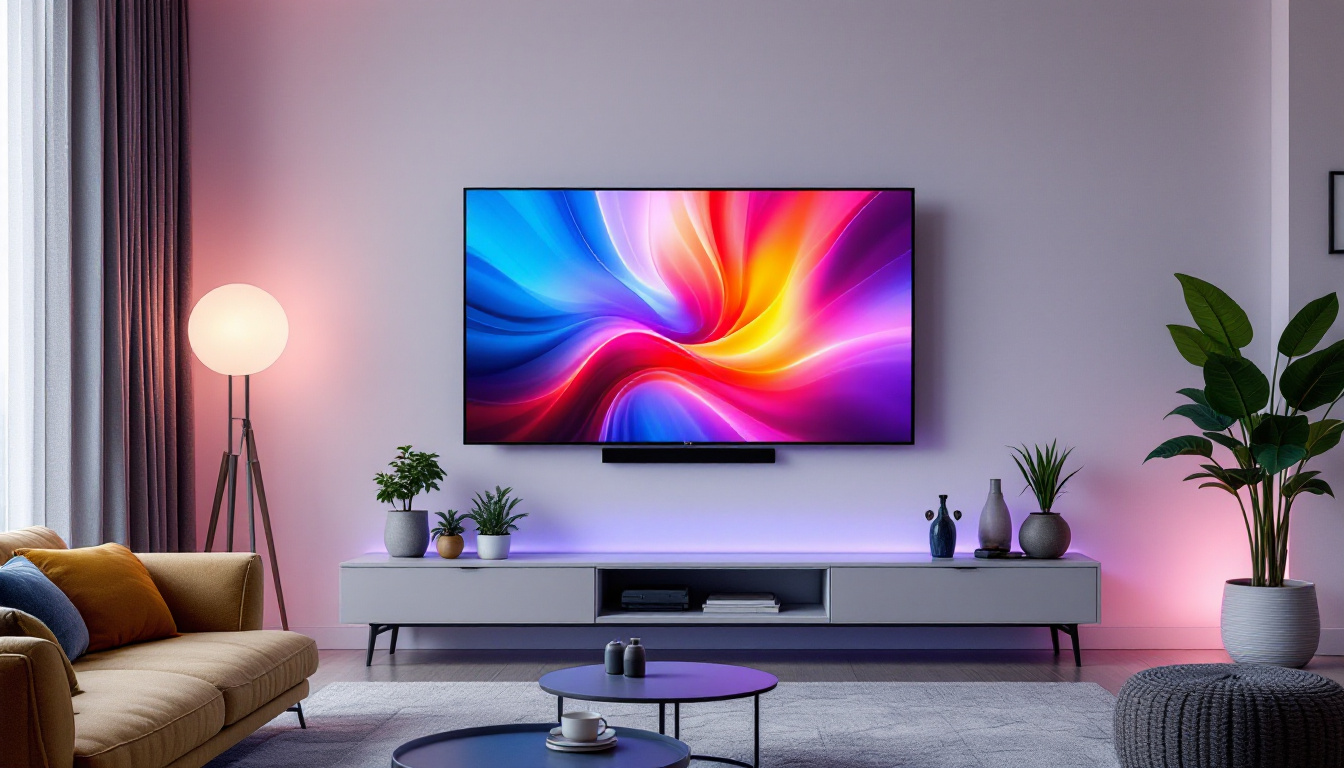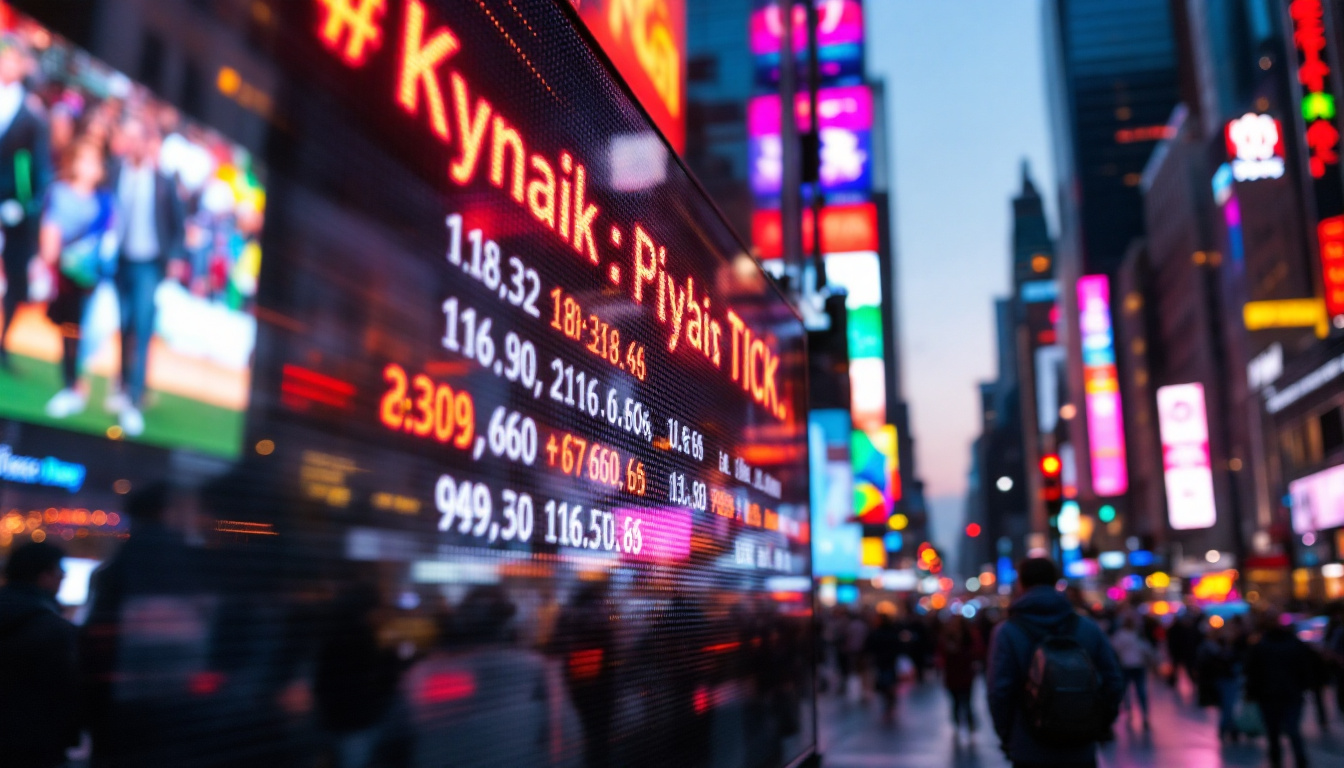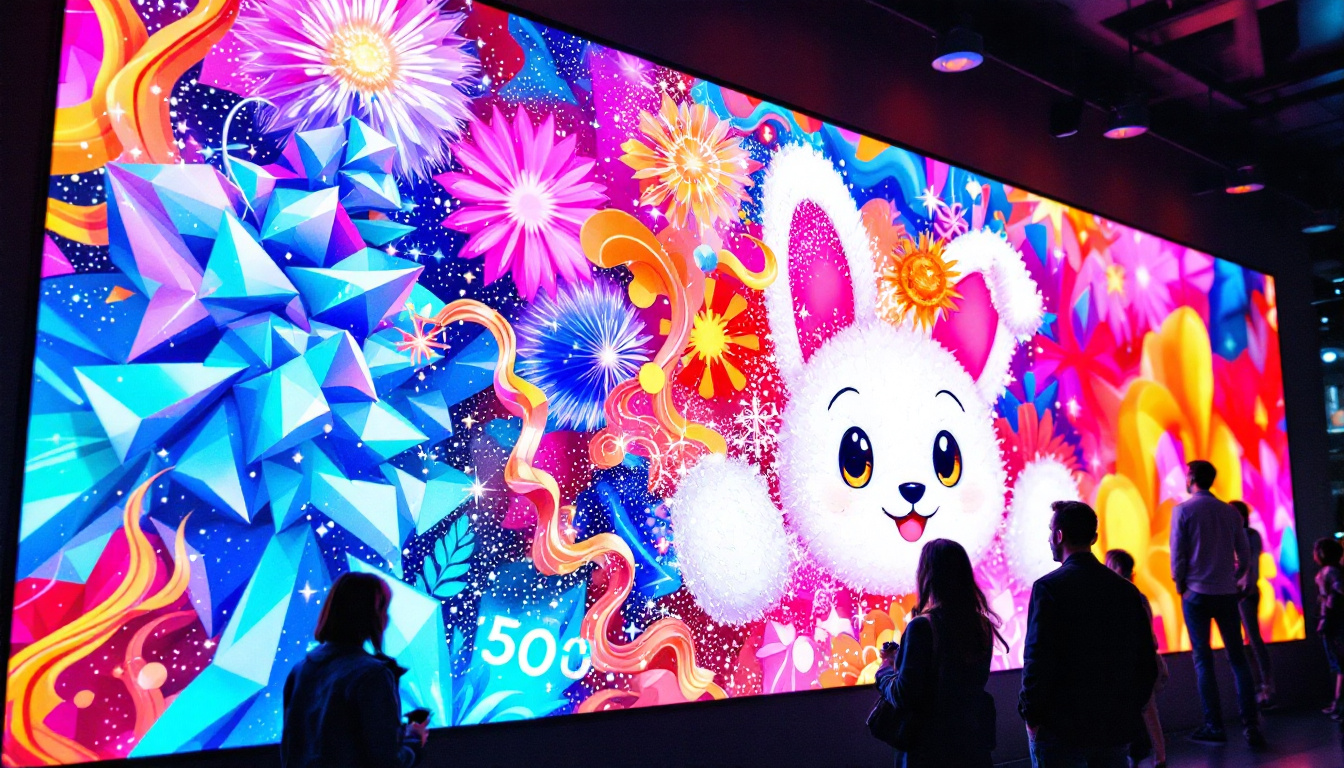In the realm of high-definition video playback, the emergence of 5K video players has revolutionized the way users experience visual content. With the increasing popularity of LED displays, understanding how these technologies interact is essential for anyone looking to enhance their viewing experience. This article delves into the intricacies of 5K video players and LED displays, exploring their features, benefits, and the technology behind them.
Understanding 5K Video Resolution
5K resolution refers to a display resolution of approximately 5120 x 2880 pixels, which is significantly higher than the standard 4K resolution of 3840 x 2160 pixels. This increase in pixel count allows for greater detail and clarity in images, making it particularly appealing for professional applications such as video editing, graphic design, and gaming.
The Advantages of 5K Video
One of the primary advantages of 5K video is the enhanced detail it provides. With more pixels packed into the same screen size, viewers can enjoy sharper images and more vibrant colors. This is especially beneficial for large displays, where lower resolutions can lead to pixelation and a loss of quality.
Moreover, 5K video players often support a wider color gamut and higher dynamic range, resulting in more lifelike visuals. This level of detail is not just for aesthetic purposes; it can also improve the overall viewing experience, making content more immersive. For instance, filmmakers and content creators can capture intricate textures and subtle nuances in lighting that would be lost in lower resolutions, allowing for a richer narrative and storytelling experience.
Applications of 5K Video Players
5K video players are not limited to home entertainment systems. They are increasingly being utilized in various fields, including education, healthcare, and corporate environments. In educational settings, for instance, high-resolution video can enhance learning by providing clearer visuals for presentations and instructional videos.
In the healthcare sector, 5K video players can be used for detailed imaging, allowing medical professionals to analyze scans and images with greater precision. This capability is particularly crucial in fields such as radiology and surgery, where the ability to discern minute details can significantly impact patient outcomes. Similarly, in corporate environments, high-resolution video can elevate presentations, making them more engaging and informative. Companies can utilize 5K video to showcase products in stunning detail during virtual meetings or conferences, ensuring that every feature is highlighted effectively.
Additionally, the rise of 5K video technology has also influenced the realm of virtual reality (VR) and augmented reality (AR). As these technologies continue to evolve, the demand for higher resolutions becomes paramount to create a truly immersive experience. With 5K video, users can enjoy a more lifelike interaction with digital environments, where the clarity of visuals can enhance everything from gaming to training simulations, making these experiences not only more enjoyable but also more effective in conveying information and skills.
LED Display Technology
LED (Light Emitting Diode) displays have become the standard for modern screens, thanks to their energy efficiency, brightness, and ability to produce vibrant colors. Unlike traditional LCD displays that rely on backlighting, LED displays use individual diodes to emit light, resulting in better contrast and color accuracy. This technology has revolutionized how we experience visual content, making it more immersive and engaging across various applications, from televisions to smartphones and digital signage.
Types of LED Displays
There are several types of LED displays, each with its unique characteristics. The most common types include:
- Direct View LED: These displays consist of individual LED modules that form a larger screen. They are often used for large-scale installations, such as billboards and stadium screens, where visibility from a distance is crucial. Their modular design allows for seamless integration and customization, making them ideal for dynamic advertising and live event broadcasting.
- LED-backlit LCD: These displays use LED backlighting behind an LCD panel. They offer improved brightness and contrast compared to traditional LCDs, making them suitable for environments with varying lighting conditions. This type of display strikes a balance between performance and cost, making it a popular choice for both consumer electronics and professional monitors.
- MicroLED: A newer technology that uses microscopic LEDs to create images. MicroLED displays promise even better color accuracy and energy efficiency, along with the potential for flexible and transparent screens. As this technology matures, it could lead to innovative applications in augmented reality and wearable devices, further expanding the possibilities of visual technology.
Benefits of LED Displays
LED displays offer numerous benefits that make them a preferred choice for both consumers and businesses. One of the most significant advantages is their energy efficiency. LED technology consumes less power compared to traditional display technologies, leading to lower electricity bills and a reduced carbon footprint. This energy-saving capability is particularly appealing in commercial settings, where large screens are often in use for extended periods.
Additionally, LED displays are known for their longevity. They typically have a longer lifespan than other display types, reducing the need for frequent replacements. This durability makes them a cost-effective investment for both home and commercial use. Moreover, LED displays are also resistant to shock and vibration, making them suitable for a variety of environments, including outdoor settings and industrial applications. Their ability to perform well in diverse conditions further enhances their appeal, ensuring that users can rely on them for consistent performance over time.
How 5K Video Players and LED Displays Work Together
The combination of 5K video players and LED displays creates a powerful synergy that enhances the overall viewing experience. When paired together, these technologies can deliver stunning visuals that captivate audiences. The clarity and vibrancy of 5K resolution, with its 5120 x 2880 pixel count, allows for intricate details and lifelike colors that can transform any viewing environment, whether it be a home theater, a corporate presentation, or a large-scale public display.
Optimizing Content for LED Displays
To fully leverage the capabilities of 5K video players and LED displays, content must be optimized for the specific characteristics of LED technology. This includes adjusting color profiles, contrast settings, and brightness levels to ensure that the content appears as intended on the screen. The dynamic range of LED displays can significantly enhance the viewing experience, making it essential for content creators to consider how their work will be perceived in different lighting conditions.
Moreover, the use of high-quality source material is crucial. Content creators should strive to produce videos that are shot in 5K resolution to take full advantage of the increased detail. This not only enhances the visual quality but also ensures that the content is future-proofed for upcoming display technologies. Techniques such as color grading and mastering for HDR can further elevate the viewing experience, allowing for deeper blacks and brighter highlights that draw viewers into the narrative.
Choosing the Right 5K Video Player for LED Displays
When selecting a 5K video player to pair with an LED display, several factors should be considered. Compatibility is key; the video player must support the resolution and refresh rate of the LED display to avoid issues such as screen tearing or lag. It’s also important to consider the processing power of the video player, as higher performance can lead to smoother playback and better handling of complex video files.
Additionally, features such as HDR (High Dynamic Range) support and various input options can enhance the user experience. A player that supports multiple formats will provide greater flexibility, allowing users to enjoy a wide range of content without compatibility issues. Furthermore, connectivity options like HDMI 2.1 can enable higher bandwidth, supporting features such as 120Hz refresh rates and 8K output, thus ensuring that the setup remains relevant as technology continues to evolve. The integration of smart features, such as streaming capabilities and app support, can also streamline the viewing experience, making it easier for users to access their favorite content seamlessly.
Future Trends in 5K Video and LED Technology
The landscape of video technology is constantly evolving, and several trends are emerging that could shape the future of 5K video players and LED displays. One of the most significant trends is the increasing adoption of 8K resolution, which offers even higher pixel density and detail.
Advancements in Display Technology
As display technology continues to advance, new innovations are being introduced that enhance the performance of LED displays. For instance, advancements in quantum dot technology are improving color accuracy and brightness, making LED displays even more appealing for high-resolution content.
Additionally, the integration of artificial intelligence (AI) in video processing is becoming more prevalent. AI can analyze video content in real-time, optimizing it for display on various screens. This capability could revolutionize how content is produced and consumed, ensuring that viewers always receive the best possible experience.
The Role of Streaming Services
The rise of streaming services has also played a crucial role in the proliferation of 5K video content. Platforms like Netflix and Amazon Prime Video are beginning to offer 5K content, making it more accessible to consumers. As internet speeds continue to improve, streaming high-resolution content will become increasingly feasible for a broader audience.
With the growing demand for high-quality content, streaming services are likely to invest in producing original 5K content, further driving the adoption of 5K video players and LED displays.
Conclusion
The combination of 5K video players and LED displays represents a significant advancement in visual technology. By understanding the intricacies of these systems, users can make informed decisions that enhance their viewing experience. As technology continues to evolve, staying informed about the latest developments will be crucial for anyone looking to invest in high-quality video playback solutions.
With the right equipment and knowledge, the potential for immersive and stunning visual experiences is greater than ever before. Whether for personal use or professional applications, the synergy between 5K video players and LED displays is paving the way for the future of visual entertainment.
Discover the Future of Visual Technology with LumenMatrix
Ready to elevate your visual experience with the latest in 5K video and LED display technology? LumenMatrix is at the forefront of innovation, offering a diverse range of LED display solutions that bring your content to life. From Indoor and Outdoor LED Wall Displays to specialized options like Vehicle, Sports, and Floor LED Displays, our products are designed to captivate and engage. Embrace the future of visual communication with our Custom, All-in-One, and Transparent LED Displays. Check out LumenMatrix LED Display Solutions today and transform the way you share your message with the world.

